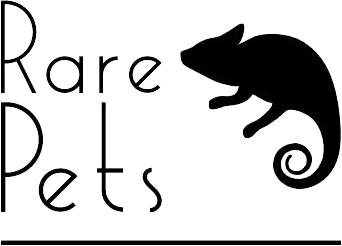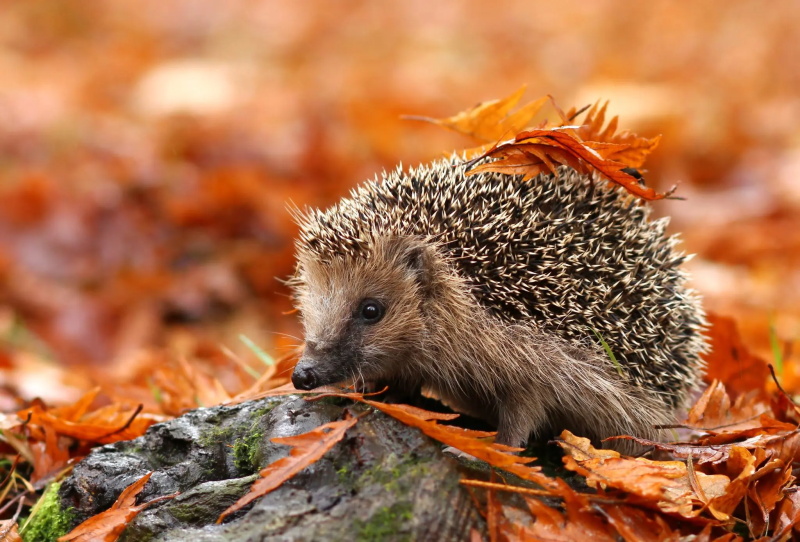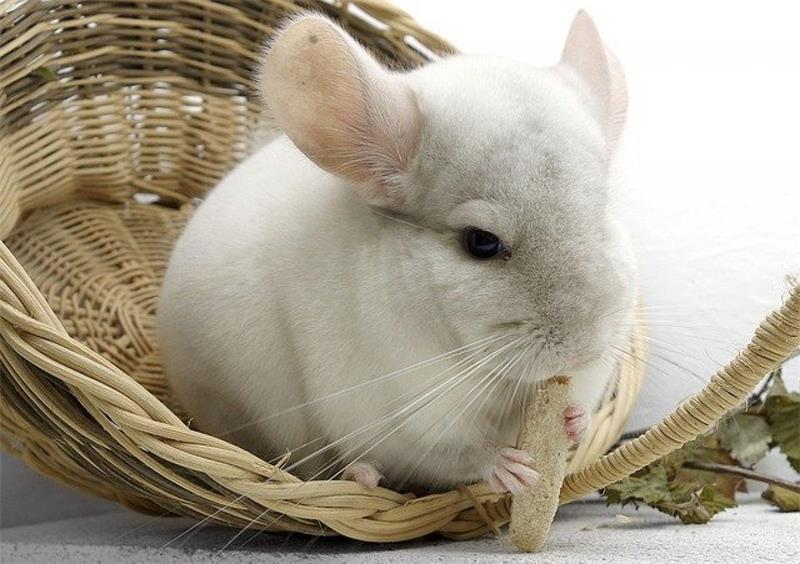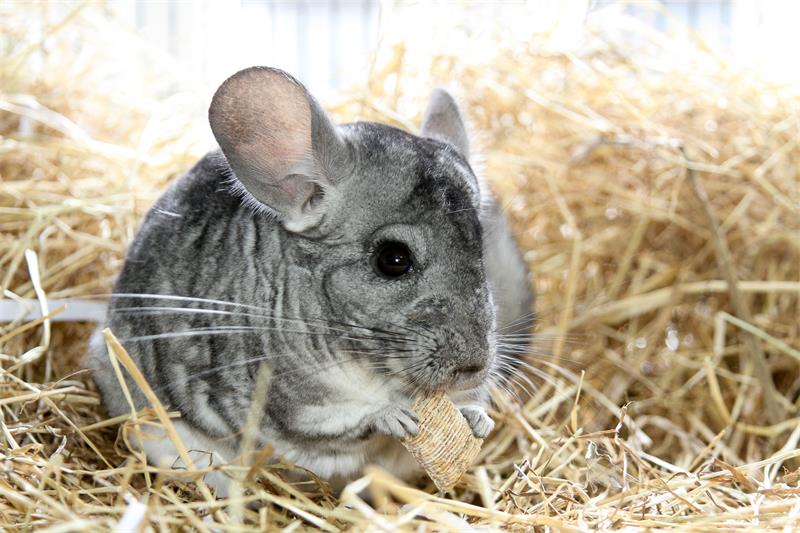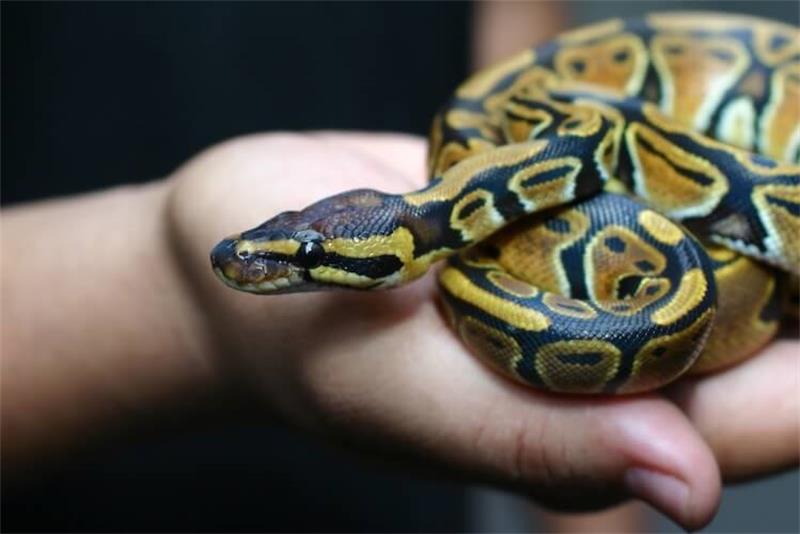
Table of Contents
Ball pythons are one of the most popular pet snakes in the world, thanks to their docile temperament, manageable size, and diverse appearance. Unlike many other snake species, ball pythons come in a variety of colors and patterns, known as morphs. These morphs are the result of genetic mutations that affect the production or distribution of pigments in the snake’s skin.
In this article, we will explain what ball python morphs are, how they are inherited, and how to identify and breed some of the most common and rare morphs available.
What are ball python morphs?
Ball python morphs are ball pythons that have been specifically bred for their unique physical appearance due to an underlying genetic mutation. Morphs are bred by skilled breeders who isolate mutations that are naturally found in the wild. Using selective breeding, they then produce exciting variations in both color and patterns.
Some of the factors that influence the appearance of ball python morphs are:
- The type and amount of pigments produced by the snake’s skin cells. There are three main types of pigments: melanin (black or brown), xanthophyll (yellow), and erythrin (red or orange).
- The presence or absence of iridophores, which are cells that reflect light and create iridescence or metallic effects.
- The shape and size of the chromatophores, which are cells that contain pigments and can change their shape to create different patterns.
- The interaction between different genes, which can enhance, suppress, or modify the expression of other genes.
How are ball python morphs inherited?
Just like humans, ball python morphs pass their genes on through inheritance. Hence, genes can be influenced by their mode of inheritance: recessive, dominant, or codominant. Breeders focus on these genes to produce a variety of morphs.
- Recessive – This refers to hidden genes that only manifest when paired up with another recessive trait. For example, the albino gene is recessive, meaning that both parents must have at least one copy of the gene to produce albino offspring. If one parent has a normal gene and the other has an albino gene, none of their offspring will be albino, but they will carry the gene (called heterozygous or het for short). If two het albino parents are bred together, 25% of their offspring will be albino (homozygous), 50% will be het albino, and 25% will be normal (without the gene).
- Dominant – This refers to visible genes that override other genes. For example, the spider gene is dominant, meaning that only one parent needs to carry the gene to produce spider offspring. If one parent is a spider and the other is a normal, 50% of their offspring will be spider and 50% will be normal. If both parents are spider, 100% of their offspring will be spider. Dominant genes cannot be carried without being expressed (there is no het for dominant genes).
- Codominant – This refers to genes that share expression with other genes. For example, the pastel gene is codominant, meaning that one copy of the gene produces a pastel snake, but two copies produce a super pastel snake (which is lighter and brighter than a regular pastel). If one parent is a pastel and the other is a normal, 50% of their offspring will be pastel and 50% will be normal. If both parents are pastel, 25% of their offspring will be super pastel, 50% will be pastel, and 25% will be normal.
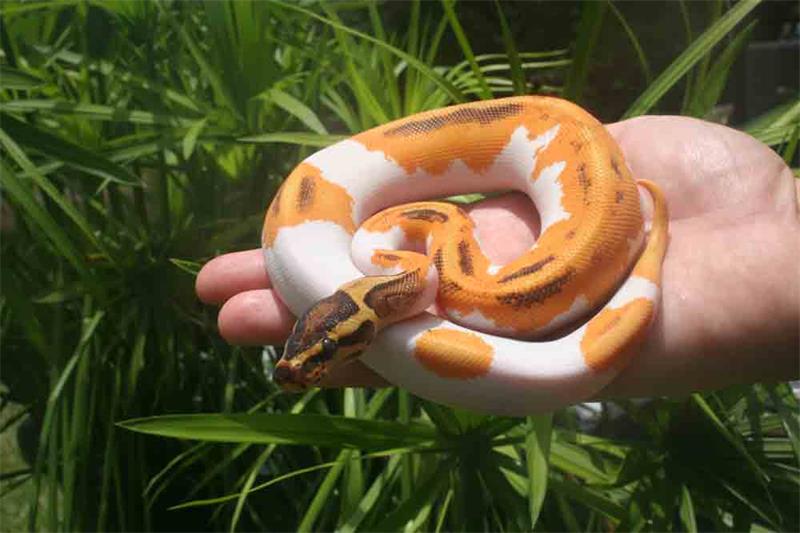
How to identify and breed different ball python morphs?
There are hundreds of ball python morphs available on the market today, ranging from common to rare, from simple to complex, from cheap to expensive. Some morphs are single-gene mutations (such as albino or spider), while others are combinations of multiple genes (such as banana piebald or banana clown). Some morphs are more common and affordable than others, depending on the availability, demand, and difficulty of breeding.
To identify and breed different ball python morphs, you need to understand their genetics and how they interact with each other. You also need to be familiar with the terminology and abbreviations used by breeders and hobbyists. Here are some tips to help you:
- Use online resources such as MorphMarket, World of Ball Pythons, or Ball-Pythons.net to browse through different morphs, see their pictures, prices, and descriptions, and learn from other enthusiasts.
- Use online tools such as Morph Calculator or Genetic Wizard to predict the outcomes of breeding different morphs, based on their genes and modes of inheritance.
- Learn the basic genetic symbols and abbreviations used by breeders. For example, + means normal or wild-type, het means heterozygous (carrying a recessive gene), homo means homozygous (having two copies of a recessive gene), het/homo means either heterozygous or homozygous, super means having two copies of a codominant gene, and / means or.
- Learn the names and characteristics of some of the most common single-gene morphs, such as albino, axanthic, banana, black pastel, champagne, cinnamon, clown, coral glow, enchi, fire, ghost, lesser, mojave, pastel, piedbald, pinstripe, spider, and yellow belly. These are the building blocks of many other complex morphs.
- Learn how to identify some of the most common combinations of morphs, such as bumblebee (pastel + spider), spinner (pastel + spider + pinstripe), banana piebald (banana + piebald), banana clown (banana + clown), black pastel banana (black pastel + banana), banana cinnamon (banana + cinnamon), banana enchi (banana + enchi), banana mojave (banana + mojave), chocolate banana (chocolate + banana), and many more. These are some of the most popular and beautiful morphs available.
- Learn how to breed different morphs safely and responsibly. You need to have a suitable enclosure for each snake, provide them with proper care and nutrition, monitor their health and behavior, keep accurate records of their genetics and breeding history, avoid inbreeding or breeding unhealthy snakes, and follow ethical and legal guidelines for selling or trading your offspring.
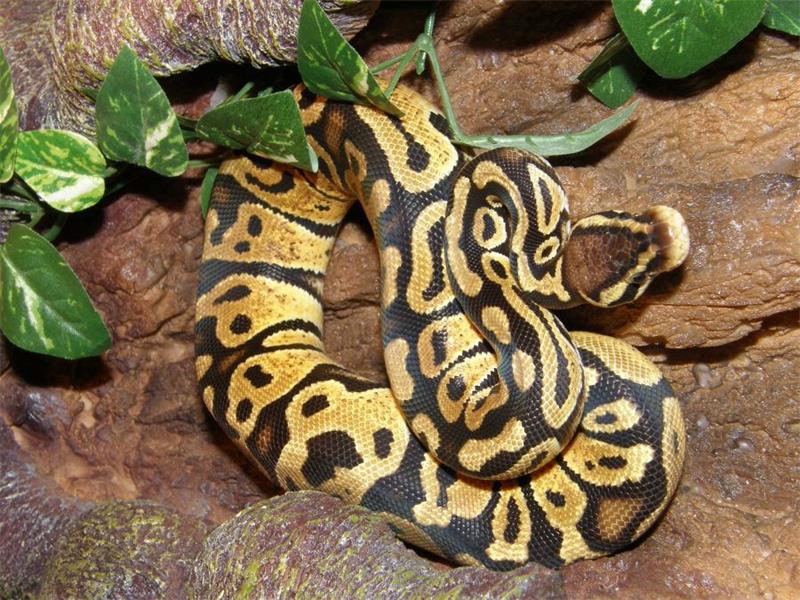
Conclusion
Ball python morphs are fascinating creatures that offer endless possibilities for snake lovers. They are not only attractive but also friendly and easy to care for. However, they also require a lot of knowledge and dedication to breed successfully.
If you are interested in ball python morphs and genetics, we hope this article has given you some useful information and tips. Remember to always do your research before buying or breeding any snake, and enjoy the wonderful world of ball python morphs!
